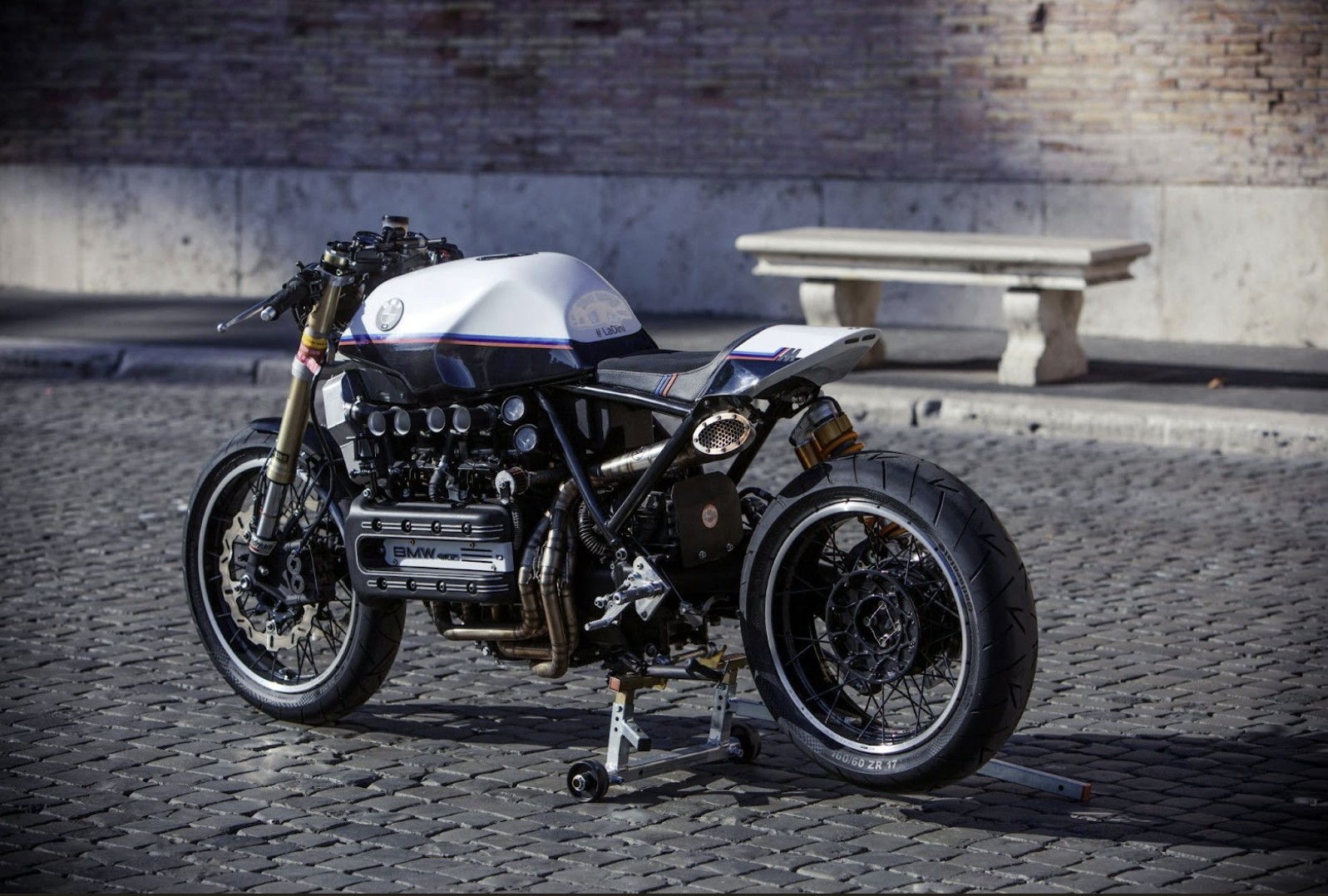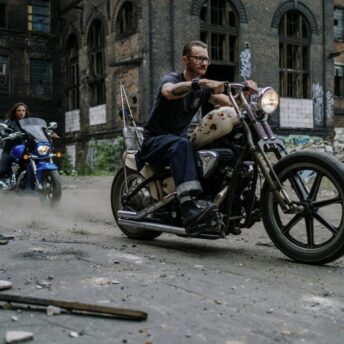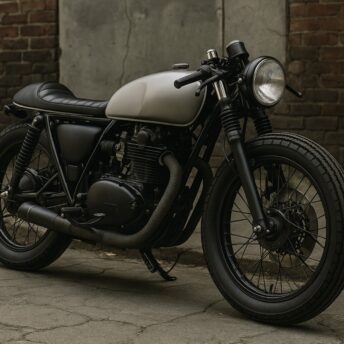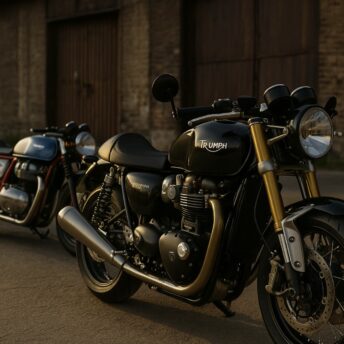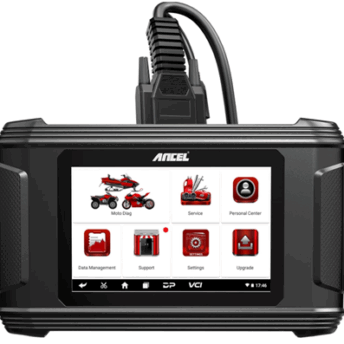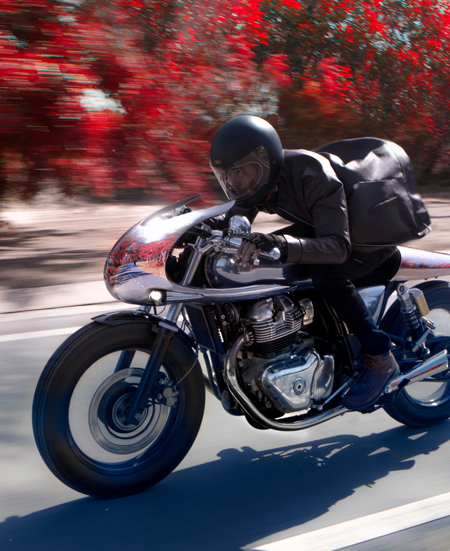So, you’ve caught the cafe racer bug — those sleek lines, minimalist vibes, and rebellious spirit are hard to resist, right? But then reality hits: you’re a student, your wallet’s thin, and your dreams of a custom ride seem like they belong in someone else’s garage. Don’t worry — building your own cafe racer on a student budget is absolutely possible. In fact, that’s half the fun. It’s about creativity, patience, and knowing where (and where not) to spend.
Ready to roll up your sleeves and get greasy? Let’s break it down.
Why Cafe Racer Culture Appeals to Students
Let’s be honest — being a student isn’t just about classes and coffee. It’s about finding your identity, dealing with pressure, and looking for ways to unwind from the chaos of assignments, exams, and deadlines. That’s where cafe racer culture comes in. It’s not just a bike style — it’s a lifestyle that perfectly fits the student mindset.
Building and riding a cafe racer offers a creative outlet and a much-needed break from staring at screens or scribbling in notebooks. After long hours buried in textbooks or pulling all-nighters for group projects, stepping into the garage or taking your custom bike for a quick ride can feel like hitting a mental reset button.
And when it all gets too overwhelming, students don’t have to do everything alone. Sometimes, getting help makes all the difference — and that’s where assignment writing services come in handy. Whether you’re juggling too many deadlines or just need a break to clear your head, these online tools offer support so you can still stay on track while making room for your passions.
In a way, working on a cafe racer is a lot like managing your student life: it’s all about balance, time management, and knowing when to take a step back to recharge. Whether you’re tuning an engine or tweaking a term paper, having the right support systems in place — online or off — makes the journey smoother.
What is a Cafe Racer, Really?
Before we get into the nuts and bolts, it’s worth understanding what makes a bike a cafe racer. Born in the 1960s UK motorcycle scene, cafe racers were built by young riders who wanted speed, style, and individuality — all without breaking the bank. Sound familiar?
Think of a cafe racer as the motorcycle world’s version of a hot rod — stripped-down, performance-focused, and full of attitude. The typical features? Low handlebars, a sleek seat, rear-set footpegs, and minimal extras. Just what you need, and nothing more.
That’s good news for students. Less = cheaper.
Step 1: Finding the Right Donor Bike
Let’s face it — the donor bike is everything. It’s the foundation of your build, so choose wisely. The goal? Find something affordable, reliable, and mechanically simple.
Best Budget-Friendly Donor Bikes
Here are a few models that are legendary in the cafe racer world and easy on the wallet:
- Honda CB Series (CB350, CB500, CB750)
- Yamaha XS Series (XS400, XS650)
- Suzuki GS Series
- Kawasaki KZ Series
These bikes are often sitting in barns, backyards, or online classifieds like Craigslist, Facebook Marketplace, or local auctions. If you’re lucky, you can snag one for under $1000 — sometimes way less if it’s not running.
Tip: Don’t fear a bike that doesn’t start. Often, it’s something minor. But do watch out for frame rust, engine cracks, or missing titles. Those are money pits.
Step 2: Planning Your Build – Not Your Doom
Here’s where many new builders mess up: they start tearing the bike apart with zero plan. Next thing they know, they’re surrounded by bolts, wires, and regret.
Create a Budget-Friendly Build Plan
Start with a simple checklist:
- What’s your total budget? (Let’s say $1500 total)
- Which parts need replacing?
- What can you clean, repaint, or repurpose instead of buying new?
- Which mods are must-haves and which are nice-to-haves?
Example low-budget build allocation:
- Donor bike: $500–800
- Tires & brakes: $150
- Seat & handlebars: $100
- Paint & finishing: $50
- Electrical upgrades: $100
- Miscellaneous parts: $100
Remember, you don’t need to do everything at once. Build in stages.
Step 3: Strip It Down and Start Clean
Now for the fun part — taking it apart. This is where your cafe racer starts to come to life. Strip everything non-essential: fenders, bulky seats, giant lights, mirrors, center stand, grab bars… say goodbye.
You’re aiming for a lean, purposeful look. The lighter it is, the better it’ll ride.
Be sure to:
- Take lots of photos before and during disassembly
- Label wires and bolts
- Keep parts you might reuse or sell
You’re not just customizing — you’re learning. Every bolt you unscrew is part of the story.
Step 4: Essential Upgrades That Won’t Break the Bank
Here’s where your limited budget really gets tested. Let’s prioritize the essential cafe racer mods that give the most bang for your buck.
1. Handlebars
Swap out bulky handlebars for clip-ons or clubman bars. These give that classic low-slung racer look.
- Budget: $30–$60
2. Seat & Tail Section
A good cafe racer seat completely transforms the bike’s profile. You can buy a universal cafe seat or build your own from fiberglass and foam.
- Budget: $60–$120
- DIY? Even cheaper (maybe $30 if you’re crafty)
3. Exhaust System
You can spend hundreds here, but smart students scour forums or eBay for used shorty mufflers or custom slip-ons.
- Budget: $50–$100
Not only does a new exhaust look meaner, but it’ll sound the part too.
4. Lighting and Electrical
Modern LED headlights, turn signals, and tail lights are cheap and efficient. Also, consider a new battery if the old one’s toast.
- Budget: $100 for the full set
- Pro Tip: Simplify the wiring harness — tons of tutorials online
5. Paint & Aesthetic Touches
You don’t need a professional paint job. A couple of rattle cans, sanding, and patience go a long way.
- Budget: $30–$50
- Bonus: Spray the tank, side panels, and frame for a custom look
Step 5: Do It Yourself – The Student Superpower
One word: YouTube. OK, two more: Reddit and Forums.
Doing the work yourself is the ultimate budget hack. Every hour you spend learning and wrenching is money saved. You’ll find step-by-step guides for almost every part of your build.
Don’t be afraid to:
- Ask for help in online communities
- Borrow tools from friends or campus shops
- Take your time — quality over speed
Sure, you might mess up. But you’ll also gain a new set of skills, confidence, and a serious sense of accomplishment.
Hacking the Cost: More Tips to Stay on Budget
Here are some bonus hacks to stretch every dollar:
Scour Local Junkyards
Old parts, unique finds, or even full bikes for cheap. Always worth a look.
Sell What You Remove
Old seats, lights, and fenders can go right on eBay or Facebook. You’d be surprised what someone will pay for them.
Barter and Trade
Swap parts with other builders. Motorcycle forums are goldmines for this.
Learn to Fabricate
Basic welding, foam shaping, or fiberglassing can save you hundreds — and make your build truly one of a kind.
Conclusion: Ride What You Build, Build What You Love
Building your first cafe racer on a student budget isn’t just doable — it’s one of the best ways to truly connect with motorcycle culture. You’re not just riding a bike — you’re riding your vision, your sweat, your skills.
It won’t be perfect. It’ll test your patience, challenge your wallet, and occasionally make you want to throw a wrench across the garage. But when you finally kick it over and hear that engine roar to life?
There’s nothing like it.
So, grab your tools, set your budget, and start building the cafe racer of your dreams — one bolt at a time. You’ve got this.
